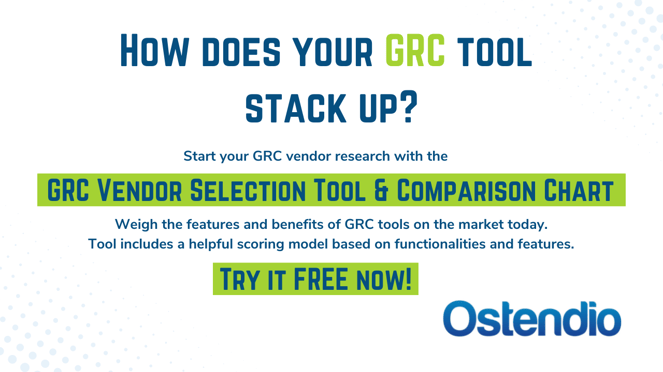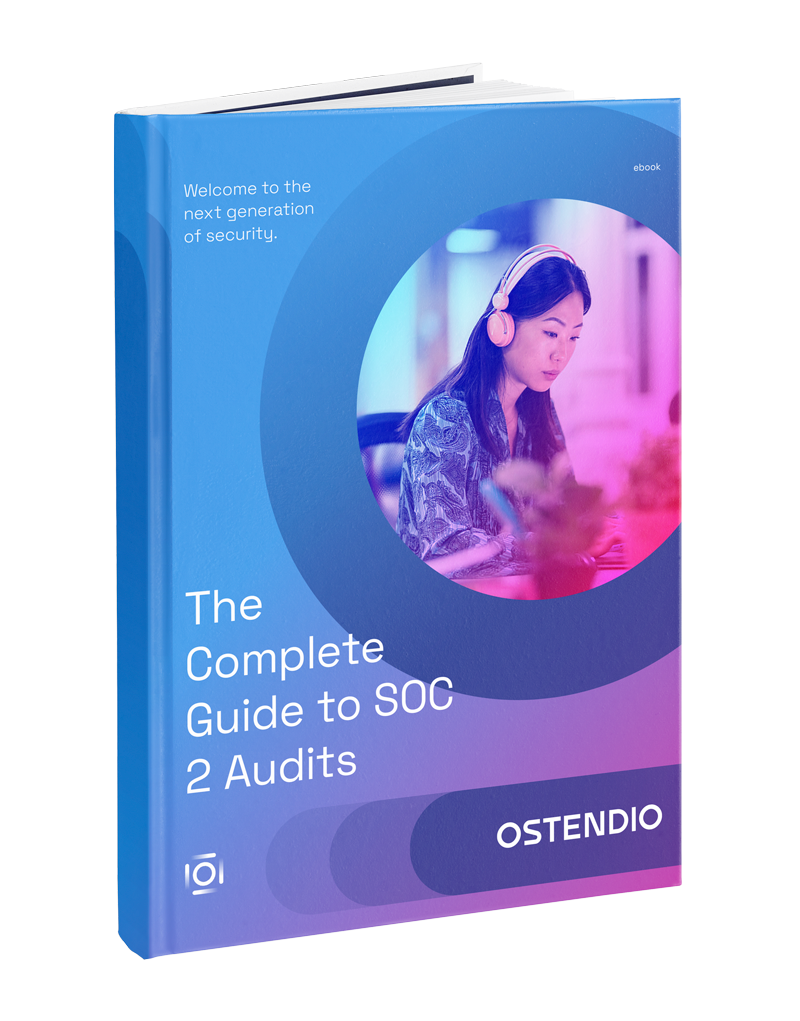When we talk to customers, prospects, and even audit partners, they are often overwhelmed with the choices they have for GRC tools. There is a lot of vendors-speak, confusing terminology, and varying opinions on where to start. Sometimes it helps to break the problem down to the basics, then build up from there. In this post, we’ll give you a quick refresher on why and how companies are using GRC, then we’ll share the top 10 considerations when evaluating GRC tools.
Who needs a GRC tool?
According to Gartner, GRC “enables the simplification, automation, and integration of enterprise, operational, and IT risk management processes and data.” In simple terms, all companies, big and small, can benefit from a GRC tool to help manage their risk and comply with standards and regulations. Think SOC2, HIPAA, GDPR, and CCPA.
Why do YOU need a GRC tool?
Before you start comparing GRC technology options, think about the purpose you want it to perform for your company. What is your driving need for a GRC tool? Are you about to apply for a certification or conform to a specific regulation? Where are you currently in your security journey and where do you want to be in the future? These are all questions you should consider before selecting a tool that’s right for you. Also, who on your team is going to champion the use of the tool and integrate its use into your organization?
A good GRC tool will allow you to manage risk effectively. A great GRC tool will make it easy to do so now and in the future.
What makes a good GRC tool?
Once you have documented why you need a GRC tool, you can justify (or budget) the time and dollars required to select, purchase and implement the software. The selection process can be daunting, so we’ve listed the most important things to look for, regardless of the nuances of your use case. Here are the top 10 things you should look for:
-
Does the product provide robust risk monitoring and analytics?
Today’s business users and auditors demand real-time insight into risk and compliance status. Look for products that combine high-level health and progress indicators with granular details into issues that need attention. And of course, this means visibility into how risks have been resolved. ? - How easy is it to upload and share documents across your organization and with preparers and external auditors?
Make sure that document management and collaboration are easy enough for all of your users. And don’t forget to account for today’s increasingly popular cloud-based storage and collaboration platforms. - What kind of version control is available?
Auditors need you to ensure that edits are always being made to the most recent document version and that changes are tracked over time. - What standards and regulations are important to your business?
Many tools are purpose-built for a small number of basic regulations, but if you compete in any industry with sensitivity to PII or other data, then you likely need to be compliant with multiple, evolving regulations. - Does the product help you quantify and benchmark your readiness?
Look for solutions that provide objective, third-party benchmarks, such as the Security and Privacy Capability Maturity Model, to help gauge and track your risk.
- Does the GRC tool allow your auditor access to the documentation and the ability to comment in real-time?
GRC platforms should not be an “internal-only” black box. Companies need to treat auditors like part of the team and ensure that they can use the same technology for a synchronized view of compliance. - Can the GRC tool link with your vendors to show their security posture?
The majority of security breaches are the result of lax vendor management. Look for GRC products that can extend to vendors to ensure the same level of compliance to business partners as to your employees. - How do you see the tool growing with your business? Is it scalable?
One of the most frustrating aspects of many GRC deployments is the notion of having to reinvent the wheel any time a new regulation becomes a priority. Ask potential vendors how they can match relevant information from already-completed assessments to different regulations over time. - Is your GRC tool able to stay up to date with regulations and standards as they change?
New regulations come online all the time, and most evolve continuously. How do the GRC tools you are considering stay current with the changes? - Is it easy to use for the whole organization?
Companies realize that all employees are a part of the GRC process. This includes collaboration, sign-offs, online training, and more.
How Can Ostendio Help?
Ostendio’s MyVCM platform helps companies comply with over 100 standards and regulations globally, and we make the move to a GRC tool a simple process. Check out our Platform Overview or Request a Demo today to see how Ostendio can help your business.

January 28, 2020

Comments